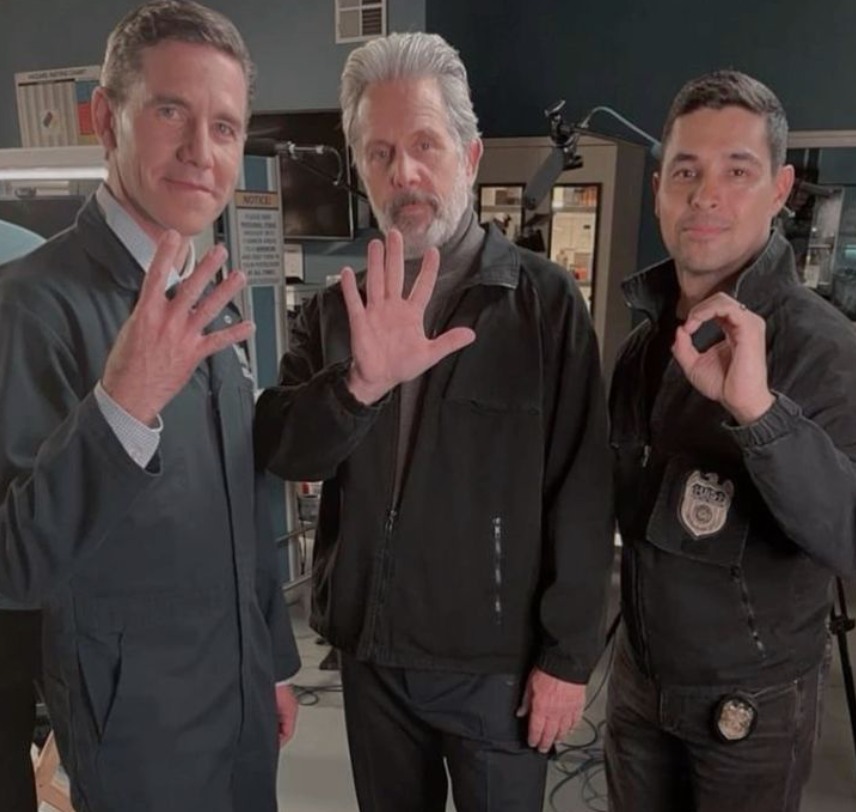
Season 3, Episode 11, “Spill the Tea” was all about proving to audiences how deadly a threat the bioweapon called Compound X was, and establishing that there were consequences not only for Hawai’i, but for the entire United States and possibly the world. The major problem a storyline of that magnitude creates is that writers have to deliver a payoff that lives up to that hype. Many TV shows keep making the plot bigger, thinking size and/or shock value will solve the problem, but then they create a massive story that they can’t provide a proper ending for. The flip side of that is other series are so focused on making the first part so dramatic that the second part feels like an afterthought, and winds up becoming a letdown. “Divided We Conquer” avoids both these issues by pivoting to make the Compound X problem very specific to not only NCIS, but this individual NCIS team.
When you think of NCIS: Hawai’i, you’re probably picturing ocean views, undercover missions, and action-packed drama. But lately, this sun-drenched procedural has taken a sharp turn — and it’s one that matters. The show is no longer just about solving crimes on the islands. It’s tackling global issues, making them feel personal, urgent, and right at your doorstep. Let’s dive into how NCIS: Hawai’i is changing the game by bringing global problems down to a human level — one episode at a time.
Sam Hanna — who’s now been a part of two finales in two years, between this and the NCIS: Los Angeles series finale from May 2023 — turns out to have been exposed to Compound X through a small crack in his protective faceplate. This could seem like a way to make the whole show about one person, but it’s very in-character to see Sam trying to save the NCIS ELITE team members even when he knows it’s a bad idea. It makes absolute sense that he’d wind up exposed because of his actions, and that also doesn’t leave one of the original NCIS: Hawai’i heroes sidelined for most of the episode. Using Sam to give the finale personal stakes is a spot-on choice, both for him and for the ensemble. It then grounds everything that happens in the rest of the hour.

Almost every character has something important to do within “Divided We Conquer.” Some contribute more than others — fans of Kate Whistler and Whistler’s relationship with Lucy Tara will likely be disappointed that Whistler has a minor role, and there’s no big Kacy moment in the final episode. But Whistler is present, and so is everyone else who should be, with Lucy, Jesse Boone and Kai Holman all getting exciting scenes. The NCIS franchise — like other procedural franchises — leans heavily into the idea of found family, and “Divided We Conquer” feels like a team effort throughout. It lives up to that idea of ohana in ways that most other shows don’t, and so even though it’s not intended as a full-on finale, the fact that everyone is in attendance and everybody gets their due acts as a form of closure.
NCIS: Hawai’i proves that crime dramas don’t have to be formulaic or forgettable. By anchoring global problems in intimate stories, it reminds us that the world is smaller — and more connected — than we think. It’s not just a show anymore. It’s a lens. So next time you sit down to watch, ask yourself: What global issue is hitting close to home today?
